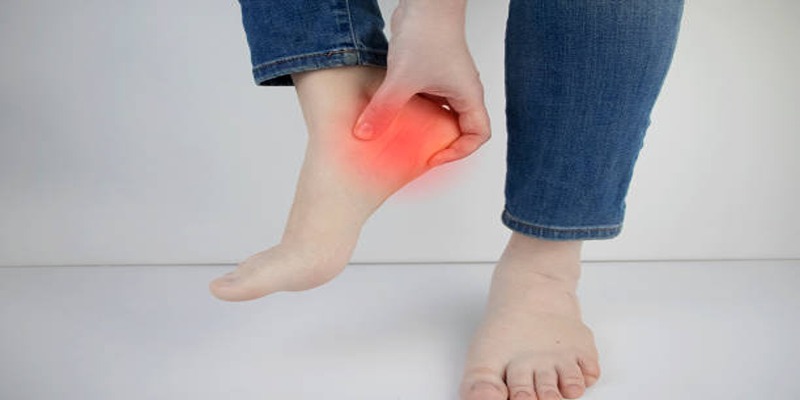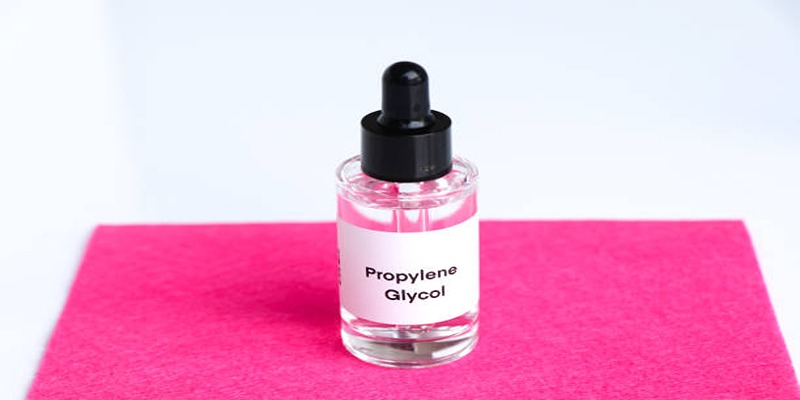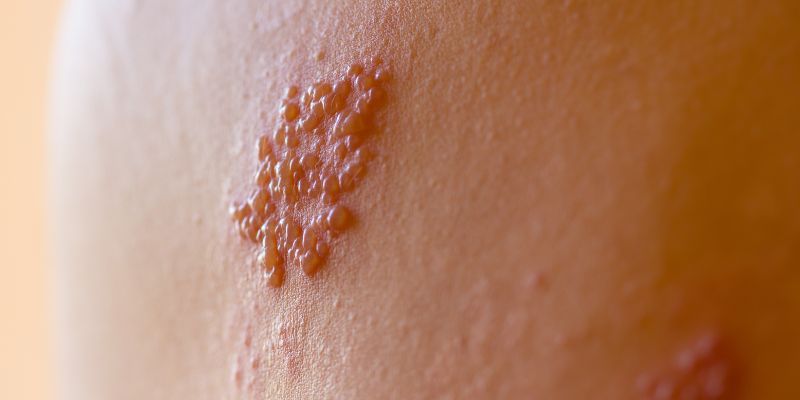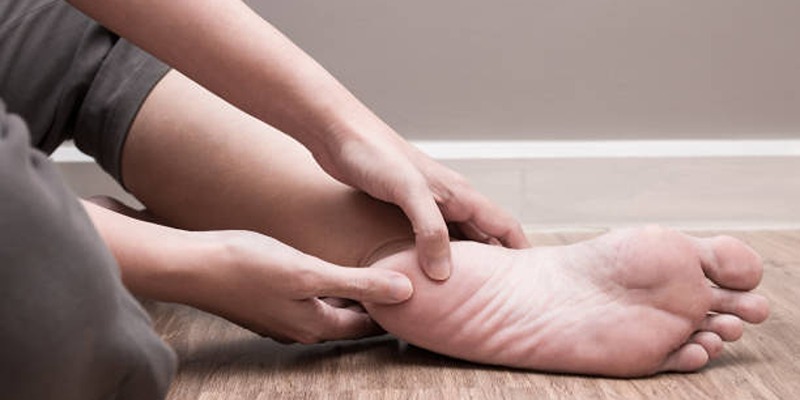Heel pain is a common issue that can affect people of all ages, often disrupting daily activities and mobility. It can stem from various causes such as overuse, injury, or underlying medical conditions. Understanding the root cause is crucial for effective treatment, ranging from home remedies to professional medical interventions for lasting relief.
1. Plantar Fasciitis
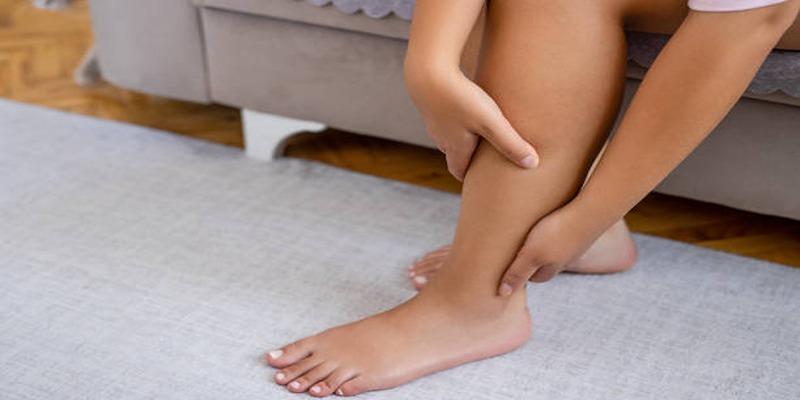
Plantar fasciitis stands as the main reason behind heel pain symptoms. Plantar fasciitis emerges when the plantar fascia detects minor inflammation due to foot overuse or poor foot mechanics, or excessive strain.
Symptoms:
- Sharp pain at the bottom of the heel, especially with the first steps in the morning
- The pain starts after walking but disappears when the person moves again and returns when they stay in one position for extensive periods
- Pressing on the heel region produces the feeling of tenderness.
Treatment:
- Cold therapy with ice application helps reduce swelling, along with minimizing time in standing.
- Routine stretching of both calf muscles together with the plantar fascia produces beneficial effects.
- The wearing of supportive insoles or custom-made orthotics helps decrease stress on the heel.
- Supportive footwear should have enough arch support, together with ideal cushioning.
- A healthcare professional provides specific exercises along with manual treatments to help patients manage their symptoms.
2. Achilles Tendinitis
The band of tissue called the Achilles tendon experiences inflammation, which leads to Achilles tendinitis. Achilles tendinitis mainly affects running individuals and people who suddenly increase their physical activity levels.
Symptoms:
- Patients experience heel pain along with stiffness in its rear portion either when they wake up or after physical movement.
- The tendon develops both swelling and a thickened appearance.
- Discomfort that worsens with activity
Treatment:
- Activity Modification: Reduce or avoid high-impact activities until symptoms subside.
- Heel Lifts: Use heel pads to reduce strain on the tendon.
- Eccentric Exercises: Slowly lowering the heel during calf raises can strengthen the tendons.
- Ice Therapy: Apply cold packs to reduce swelling.
- Supportive Shoes: Footwear with good heel cushioning helps minimize stress on the tendon.
3. Heel Spurs
This strain causes calcium deposits to build up over time, eventually forming a spur. Heel are often associated with plantar fasciitis, a condition that causes inflammation and pain in the connective tissue along the bottom of the foot.
While some people with heel spurs experience discomfort or sharp pain, others may have no symptoms at all. Common causes include repetitive stress from activities like running, poorly fitting footwear, or biomechanical issues such as flat feet.
Symptoms:
- Sharp or stabbing pain during walking or standing
- Inflammation at the bottom of the heel
- Tenderness in the area around the spur
Treatment:
- Stretching and Strengthening: Addressing tight calf muscles and weak foot muscles can ease pain.
- Orthotic Devices: Cushioned insoles help redistribute pressure away from the heel.
- Anti-inflammatory Measures: Use of cold compresses and gentle massage may help.
- Proper Footwear: Avoid walking barefoot; opt for shoes with thick soles and soft heels.
4. Bursitis
Bursitis in the heel occurs when the bursa—a small, fluid-filled sac that cushions and reduces friction in joints—becomes irritated or inflamed. This condition can develop due to repetitive motion, excessive pressure on the heel, or wearing improper footwear that doesn’t provide adequate support or cushioning.
Common symptoms include pain, swelling, and tenderness in the affected area, which may worsen with activity or prolonged standing. Treating heel bursitis often involves rest, ice application, and supportive footwear, but severe cases may require medical attention.
Symptoms:
- Swelling and tenderness at the back or bottom of the heel
- Pain when pressing on the heel
- Stiffness or difficulty moving the foot
Treatment:
- Rest and Protection: Reduce repetitive movements and avoid direct pressure on the heel.
- Cold Compresses: Ice the area several times daily to reduce inflammation.
- Padding: Use soft heel cushions to protect the affected area.
- Supportive Shoes: Choose shoes with a soft, padded heel and no hard backs.
5. Stress Fractures
Stress fractures in the heel bone can occur due to repetitive stress, particularly in athletes or individuals with low bone density. These small cracks in the bone often develop over time.
Symptoms:
- Gradual onset of heel pain that worsens with activity
- Swelling or bruising in the heel
- Pain that persists even during rest in advanced stages
Treatment:
- Rest: Avoid weight-bearing activities to allow healing.
- Protective Footwear: Use a walking boot or stiff-soled shoe as recommended by a healthcare provider.
- Gradual Return: Resume activity slowly under supervision.
- Calcium and Vitamin D: Ensure adequate intake to support bone healing.
6. Sever’s Disease (in Children and Adolescents)
Sever’s disease, or calcaneal apophysitis, affects children and teens during growth spurts. The condition involves inflammation of the growth plate in the heel.
Symptoms:
- Pain in one or both heels, especially after sports
- Limping or walking on toes to avoid heel pressure
- Heel tenderness that worsens with activity
Treatment:
- Rest and Activity Modification: Limit high-impact sports temporarily.
- Heel Cushions: Provide support and reduce impact during walking.
- Stretching Routines: Regular stretching of the calves and hamstrings helps relieve tension.
- Supportive Footwear: Ensure children wear shoes appropriate for their activity.
7. Fat Pad Atrophy
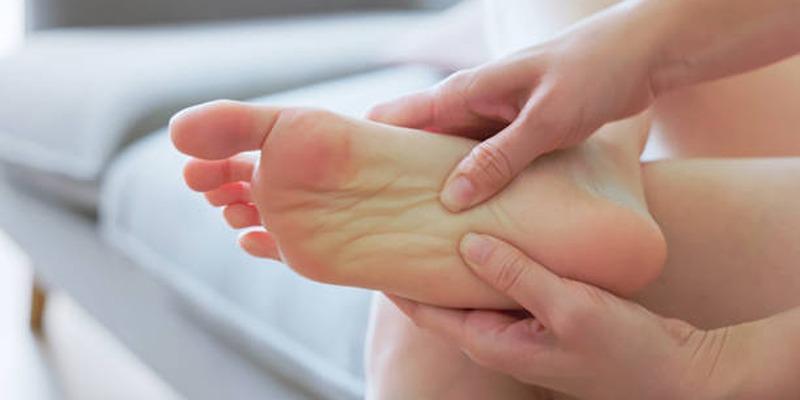
As people age, the natural fat pad that cushions the heel may thin out, leading to increased pressure and pain while walking or standing.
Symptoms:
- Deep, aching heel pain that worsens with walking on hard surfaces
- Sensation of walking on bone
- No significant swelling or visible deformity
Treatment:
- Gel Heel Cushions: Add extra padding to absorb shock.
- Avoid Walking Barefoot: Always use supportive footwear indoors and outdoors.
- Low-Impact Activities: Switch to activities like swimming or cycling to reduce heel pressure.
When to See a Medical Professional?
While most cases of heel pain can be managed with conservative measures, seek medical attention if:
- Pain is severe or persistent
- Symptoms interfere with daily activities
- There is visible swelling, redness, or warmth in the heel
- Over-the-counter treatments do not improve the condition in 2–3 weeks
A podiatrist or orthopedic specialist may recommend imaging studies or more advanced therapies depending on the cause.
Conclusion:
Heel pain, although common, should not be ignored. Whether it's due to inflammation, overuse, or structural issues, understanding the root cause is the first step toward effective treatment. Incorporating rest, supportive footwear, stretching exercises, and proper foot care can go a long way in reducing pain and preventing recurrence. For chronic or severe cases, professional evaluation ensures a tailored approach to lasting relief.


